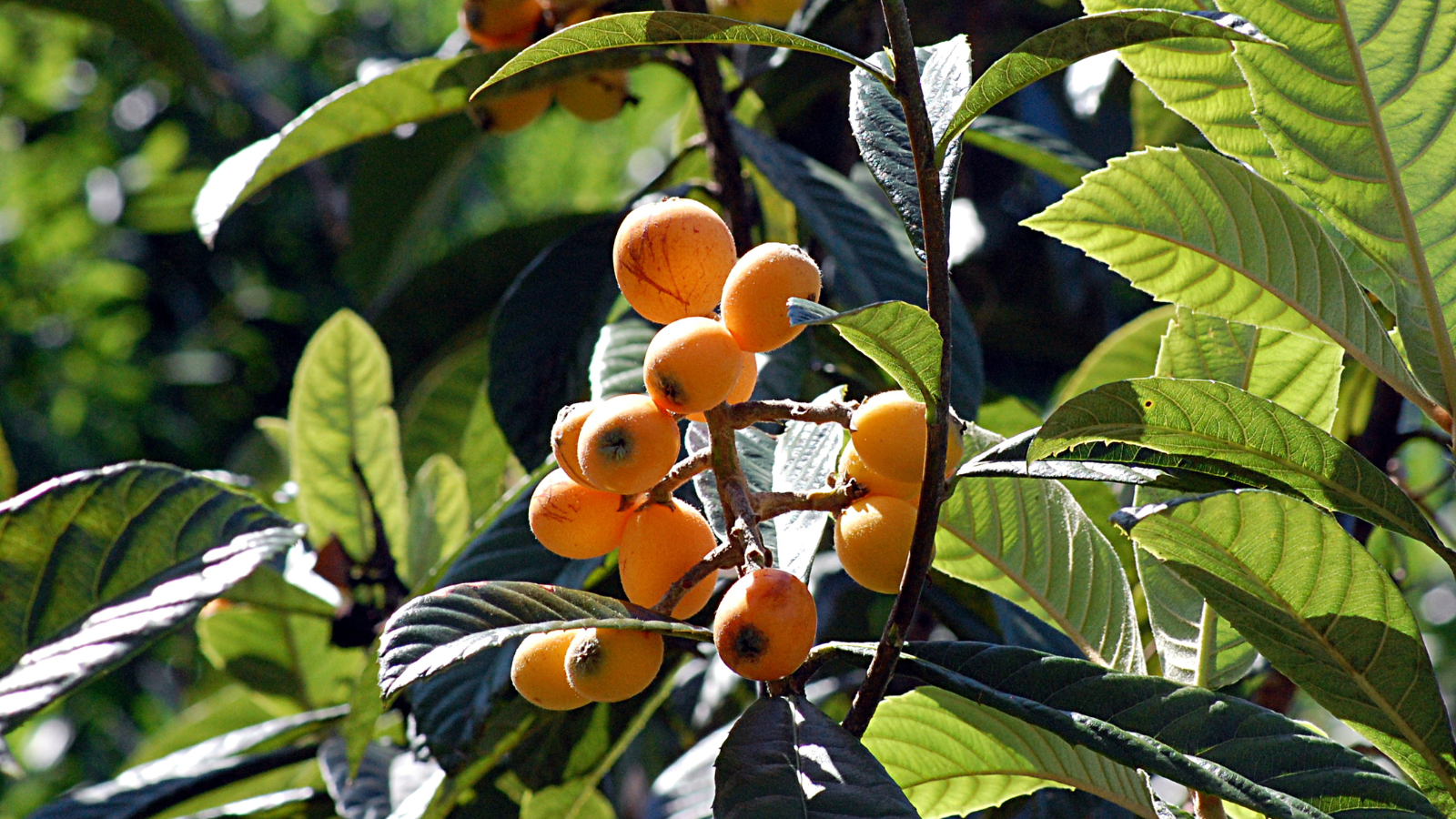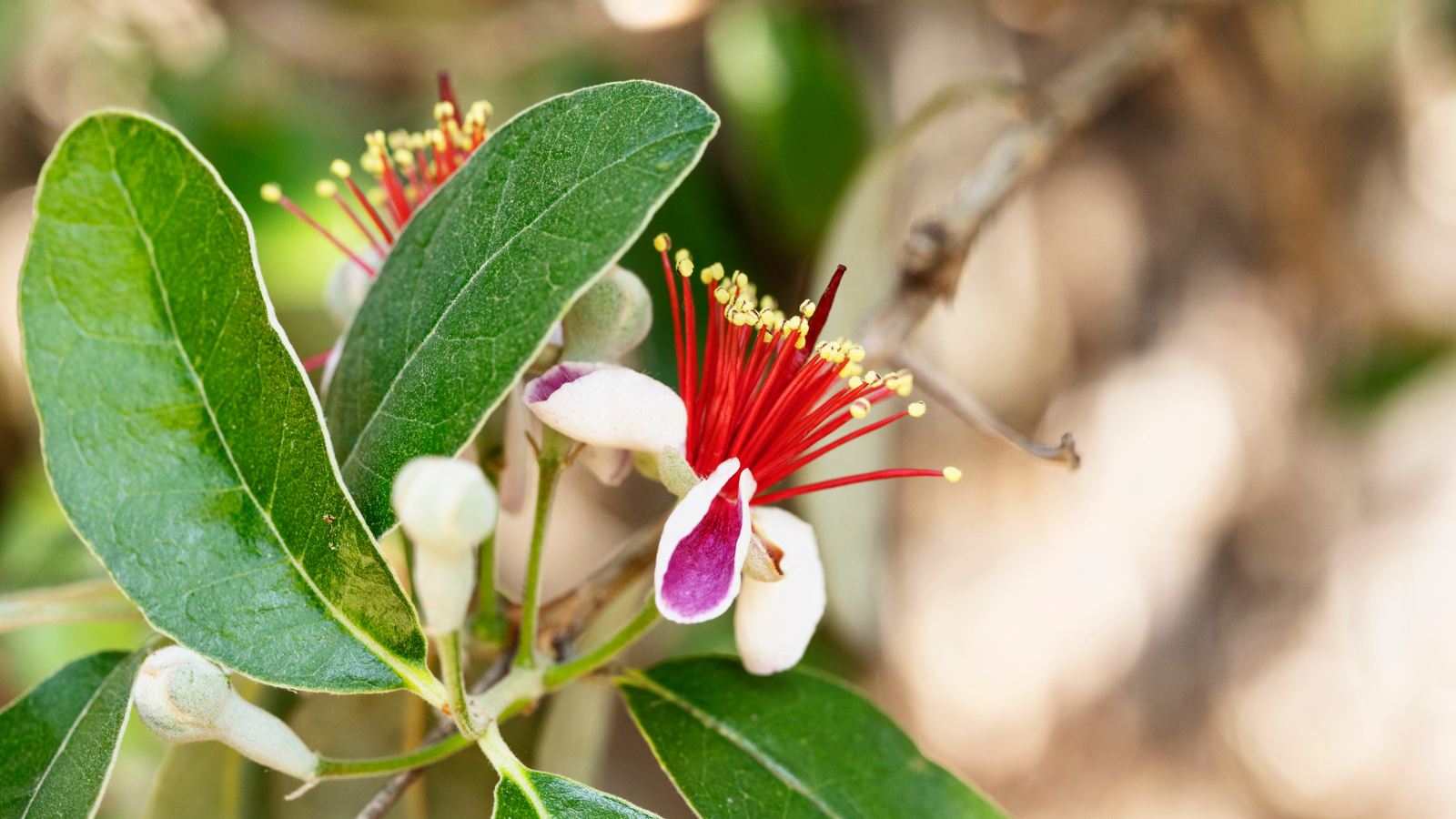Best Drought-Tolerant Fruit Trees for Coastal California: How to Grow Abundance with Less Water
Gardening the California Way
If you live along the Central Coast—Montecito, Santa Barbara, or the Santa Ynez Valley and beyond—you already know the beauty and complexity of gardening in a Mediterranean climate. Coastal fog, sandy soil, and long, dry summers demand creativity and care.
The good news? Plenty of fruit trees thrive in these conditions. Once established, these drought-tolerant varieties deliver shade, beauty, and harvests for years to come—with minimal water.
Whether you’re building a backyard orchard, adding to a garden, or planting a single tree on your patio, this guide highlights the most resilient (and rewarding) choices for our beloved 10b and 11a zones.
To get an initial introduction or to learn more about California’s hardiness zones, see Finding Your Gardening Zone: Why 10b and 11a Make Montecito a Dream to Call Home. In that blog, we discuss the hardiness zones in regions from Ojai to the Santa Ynez Valley and everything in between.
The fruit of a loquat tree.
Why Drought Tolerance Matters
Water-wise design isn’t a passing trend in California—it’s a way of life. According to the Department of Water Resources, outdoor irrigation accounts for nearly 60% of urban water use. Choosing drought-tolerant trees means conserving a precious resource while creating gardens that remain lush year-round.
Many Mediterranean and subtropical fruit trees evolved to handle heat and scarcity. Once rooted, they prefer deep, occasional watering—thriving even when rainfall slows.
What Makes a Tree “Drought-Tolerant”?
The best drought-tolerant fruit trees share these core traits:
Deep roots that access water below the surface
Adaptation to warm, dry climates
Waxy or deciduous foliage that minimizes moisture loss
Resilience in sandy, fast-draining soil
Note: All trees need consistent watering during their first 1–2 years. Deep, infrequent irrigation encourages strong, drought-ready roots.
Our Favorite Drought-Tolerant Fruit Trees for the Coast
1. Olive (Olea europaea)
Why we love it: Elegant, evergreen, and quintessentially Mediterranean, the olive defines coastal California living.
Best varieties: Arbequina, Mission, Koroneiki
Tips: Full sun, excellent drainage, and light pruning for shape. Fruit can be cured or pressed into oil—beauty and function in one.
2. Fig (Ficus carica)
Why we love it: Figs reward neglect with honey-sweet fruit and sculptural form. Their broad leaves and gray bark bring texture to courtyards and patios.
Best varieties: Black Mission, Brown Turkey, Panaché (striped heirloom)
Tips: Tolerates poor soil and wind. Goes dormant in winter—don’t panic; it’s resting.
Fig
3. Pomegranate (Punica granatum)
Why we love it: Jewel-toned blossoms and antioxidant-rich fruit make this both ornamental and practical.
Best varieties: Wonderful, Parfianka, Eversweet
Tips: Deciduous and durable. Grow as a tree or shrub; thrives in heat and clay soil once established.
4. Citrus (Citrus spp.)
Why we love it: Citrus trees are the soul of California gardens—fragrant blossoms, glossy leaves, and winter fruit that brighten any space. While they prefer regular watering, many mature trees adapt well to dry periods.
Best varieties: Meyer Lemon, Kaffir Lime, Calamondin
Tips: Deep monthly watering in dry seasons and generous mulch to retain moisture. Avoid overwatering in fog-heavy zones.
5. Loquat (Eriobotrya japonica)
Why we love it: Glossy, tropical leaves and tangy-sweet fruit in early spring. Adds shade and structure.
Best varieties: Big Jim, Champagne
Tips: Once established, loquats thrive in dry air and sandy soil. Bees love the blooms.
6. Jujube (Ziziphus jujuba)
Why we love it: A hidden gem. Ancient, hardy, and nearly indestructible. Fruit tastes like a cross between an apple and a date.
Best varieties: Li, Lang
Tips: Prefers full sun and fast-draining soil. Perfect for low-maintenance gardeners.
7. Guava (Psidium spp.)
Why we love it: Tropical flavor, coastal heart. Guavas are remarkably forgiving and make excellent small trees or hedges.
Best varieties: Strawberry Guava (Psidium cattleianum), Pineapple Guava (Feijoa sellowiana)
Tips: Plant in sun or part shade. Once mature, guavas need minimal summer water.
The blooms of a pineapple guava
Coastal Care Tips
Even hardy trees appreciate thoughtful attention in salty, breezy climates.
Our go-to practices:
Mulch deeply: Keeps roots cool, locks in moisture, and reduces weeds.
Water wisely: Deep soak every 10–14 days for established trees.
Plant with purpose: Avoid frost pockets; create windbreaks for young trees.
Stay observant: Drought stress can invite pests like scale or aphids—prune lightly and monitor foliage.
Where to Source Locally
Buying from local nurseries ensures trees are grown on rootstock suited to coastal soils and climates. Some of our favorites in Santa Barbara County:
Terra Sol Garden Center (Santa Barbara) – Knowledgeable staff and an impressive selection of figs, pomegranates, citrus, and olives.
La Sumida Nursery (Santa Barbara) – Family-owned since 1958; excellent range of fruit trees for both beginners and experts.
Seaside Gardens (Carpinteria) – Known for Mediterranean and drought-friendly plantings; occasionally carries guava and loquat.
Seven Day Nursery (Santa Barbara) – A local favorite for edibles and subtropicals at fair prices, conveniently located in Loreto Plaza.
Final Thoughts
Drought-tolerant doesn’t mean lifeless—and it certainly doesn’t mean joyless. These resilient trees bring abundance, beauty, and shade to coastal gardens while honoring the climate that sustains them.
A thoughtfully planted orchard or single potted fig can transform your home into a living, breathing reflection of California’s enduring rhythm—sun, soil, and patience. We discuss this further in The Importance of Native Landscape in California and Santa Barbara Garden Design Principles.
Thinking about planting your own drought-tolerant orchard?
Explore more from Montecito Valley:
California Coastal Citrus Almanac: A seasonal guide to growing citrus along the coast.
Santa Barbara Garden Design Principles: Cultivating beauty along the coast.
The Importance of Native Landscape in California: How rewilding can restore balance and biodiversity.
Or tag @montecitovalley on Instagram—we love seeing your gardens grow.




